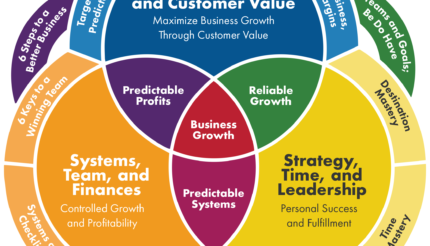Stop Continually Firefighting in Your Business the Steps to Change This
Stop continually firefighting in your business the steps to change This; In the fast-paced world of business, it’s not uncommon to feel like you’re constantly putting out fires. However, continually firefighting can have detrimental effects on your business, leading to burnout, reduced efficiency, and stunted growth. In this blog, we’ll explore the negative impacts of perpetual firefighting and outline steps you can take to break this cycle and foster a more strategic, proactive approach.
The Negative Effects of Continually Firefighting
-
Burnout and Stress:
- Impact on Health: Constantly dealing with emergencies can lead to chronic stress and burnout among you and your team. This can negatively affect mental and physical health, leading to increased absenteeism and decreased productivity.
- Decreased Morale: When employees are always in crisis mode, it can lower morale and job satisfaction, resulting in higher turnover rates.
-
Reduced Efficiency:
- Distraction from Core Goals: Firefighting diverts attention from long-term strategic goals to immediate, albeit less significant, issues. This can stymie progress and growth.
- Inefficient Use of Resources: Constantly dealing with emergencies can lead to inefficient allocation of resources, as time, money, and manpower are often wasted on short-term fixes.
-
Poor Decision Making:
- Reactive Decisions: In a firefighting mode, decisions are often made hastily and reactively rather than thoughtfully and strategically. This can lead to suboptimal outcomes and missed opportunities.
- Lack of Innovation: The focus on immediate problems can stifle creativity and innovation, as there is little time or energy left for brainstorming and implementing new ideas.
-
Customer Dissatisfaction:
- Inconsistent Service: Frequent crises can disrupt your ability to provide consistent, high-quality service to your customers, leading to dissatisfaction and loss of business.
- Damaged Reputation: Persistent problems and poor service can tarnish your brand’s reputation, making it difficult to attract and retain customers.
Steps to Move from Firefighting to Strategic Management
-
Identify Root Causes To Stop Continually Firefighting:
- Analyse Recurring Issues: Take time to identify the root causes of the problems that frequently arise. Look for patterns and underlying issues that need addressing.
- Implement Preventative Measures: Once you’ve identified the root causes, implement preventative measures to address these issues before they escalate.
-
Improve Planning and Organisation:
- Set Clear Priorities: To stop continually firefighting establish clear priorities for your business and ensure that your team is aligned with these goals. Focus on high-impact activities that drive long-term success.
- Develop Contingency Plans: Create contingency plans for potential crises. This will help you manage emergencies more effectively without derailing your overall strategy.
-
Enhance Communication:
- Promote Open Communication: Foster a culture of open communication where employees feel comfortable sharing concerns and suggestions. This can help identify and address issues before they become crises.
- Regular Check-Ins: Schedule regular check-ins with your team to discuss progress, challenges, and potential problems. This proactive approach can prevent small issues from escalating.
-
Invest in Training and Development:
- Employee Training: Provide training for your employees to improve their problem-solving skills and ability to handle emergencies effectively. This can reduce the number of issues that require your direct intervention.
- Leadership Development: Invest in leadership development programs to equip your managers with the skills needed to lead proactively and strategically.
-
Leverage Technology:
- Automate Routine Tasks: Use technology to automate routine tasks and processes. This can free up time for you and your team to focus on strategic activities.
- Use Analytics: Leverage data analytics to gain insights into potential issues and trends. This can help you anticipate and address problems before they become crises.
-
Delegate and Empower:
- Delegate Authority: Delegate authority to capable team members to handle specific tasks and issues. This can reduce the burden on you and empower your team to take ownership.
- Empower Decision-Making: Empower employees to make decisions within their areas of responsibility. This can speed up problem resolution and reduce the need for constant firefighting.
-
Focus on Continuous Improvement To Stop Contiually Firefighting:
- Implement Continuous Improvement Processes: Adopt a culture of continuous improvement where you regularly review and refine your processes and strategies.
- Solicit Feedback: Regularly solicit feedback from employees and customers to identify areas for improvement and make necessary adjustments.
Conclusion
Perpetual firefighting in your business can lead to burnout, reduced efficiency, poor decision-making, and customer dissatisfaction. By identifying root causes, improving planning and organisation, enhancing communication, investing in training, leveraging technology, delegating authority, and focusing on continuous improvement, you can break the cycle of firefighting. This proactive approach will enable you to manage your business more strategically, leading to sustainable growth and success.





